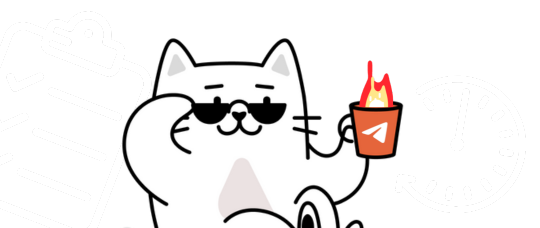
Advertising on the Telegram channel «Hustle To Millions»
our channel covers everything about business, crypto and forex trading
#bussines #crypto #trading #money #mindset #motivation
Channel statistics
Full statisticschevron_rightReviews channel
- Added: Newest first
- Added: Oldest first
- Rating: High to low
- Rating: Low to high
Catalog of Telegram Channels for Native Placements
Advertising on the Telegram channel «Hustle To Millions» is a Telegram channel in the category «Бизнес и стартапы», offering effective formats for placing advertising posts on TG. The channel has 22.7K subscribers and provides quality content. The advertising posts on the channel help brands attract audience attention and increase reach. The channel's rating is 64.9, with 13 reviews and an average score of 4.8.
You can launch an advertising campaign through the Telega.in service, choosing a convenient format for placement. The Platform provides transparent cooperation conditions and offers detailed analytics. The placement cost is 10.0 ₽, and with 159 completed requests, the channel has established itself as a reliable partner for advertising on Telegram. Place integrations today and attract new clients!
You will be able to add channels from the catalog to the cart again.
Комментарий